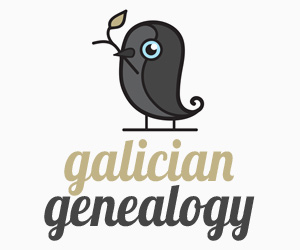Aleksander Czolowski (1865-1944) – Polish ethnographer, archivist and director of the Historical Museum in Lviv.
While collecting information for the publication of the history of Kalush town and area, he sent out questionnaires to each place from this region. The answers received concern the local population. We believe that this is valuable information that enriches knowledge about our ancestors.
Dolhe Kaluske
THE 1892 QUESTIONNAIRE
1. Where is the location of the village? (detailed description in every respect)
Dolhe Kaluske is royal estate village located between Czeczwa and Lomnica rivers. Lomnica river covers the village from the south and east. Czeczewa from the west and north and flows into Lomnica river below the village. These rivers form a triangle in which the village is located. The village is not prosperous because is often flooded. Additionally, two streams flow through the village, which originate from Lomnica river above of Tuzylow village. The people calls these streams “Mlynowka” and “Hurkotalo”. The village has no manor. There is a mill and presbytery, a school and the jail.
2. What is the history of place name and foundation ?
People say that Dolhe was connected with Poylo village in the past, but Czeczwa river broke through the middle. One part was called Poylo and the other part remained with the old name.
3. Description of the Church and its monuments. When it was founded, built and consecrated, where it is located ?
The church in Dolhe Kaluske was built on the old cementery. It doesn’t have any ancient monuments. Founded and built in 1872 year, consecrated in 1873 year. Before that time, there was a chapel where the Holy Masses were celebrated. The people attended to Tuzylow Parish.
4. From what year Vital Records and Church Acts begin ?
Church records begin with 1785 year.
5. Are there graves, trenches, caverns, older commemorative crosses and statues with mysterious names ? Do they have any legends?
There aren’t
6. Do you have any information about historical events, such as Tatar attacks, battles, robberies, thugs and so on ?
No
7. Have ancient artifacts been dug here? For example, stone tools, coins, elements of ancient weapons and so on?
No
8. What are the physiological traits of the local population ?
Hair color Dark
Facial complexion Swarthy
Growth Medium
Physique Thin
Endurance at work Assiduous
Temperament Phlegmatic
Healthiness Fragile state
Morality They have a tendency to drunkenness
9. What is the dress (everyday and festive, summer and winter.) What are its parts? How are they called ? cut, color, decorations
During the summer, a man is dressed in long embroidered shirt. The shirt is not tucked into pants. In the winter, he wears a simple sheepskin coat or a “sirak”
Women wear sheepskin coat during the holidays. This coat is covered with blue cloth.
[ Sirak, Sierak, Siermaga – peasant coat, named from the gray colors, also popular in brown color ]
10. Is there foreign origin in the types of clothing of the local population?
No
11. Are there any specific customs, typically local, in the population?
There aren’t
12. What are the local trade items and where are they sold to?
The residents don’t trade
13. What is the main source of income?
They are engaged in fencing a lumber to Halicz town, which flows from the mountains.
14. How many people were deceased and new born in the village in 1892?
New born – 28, Deceased – 36

